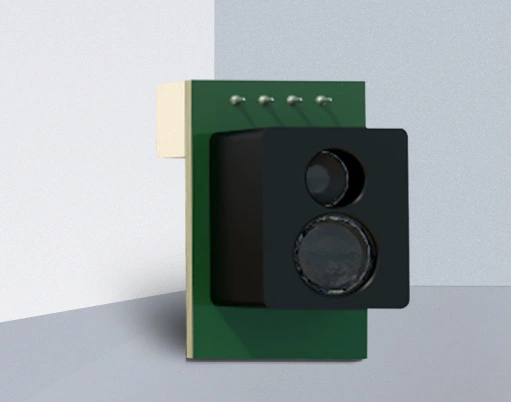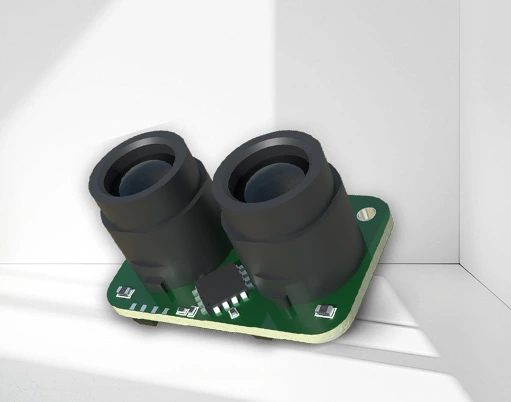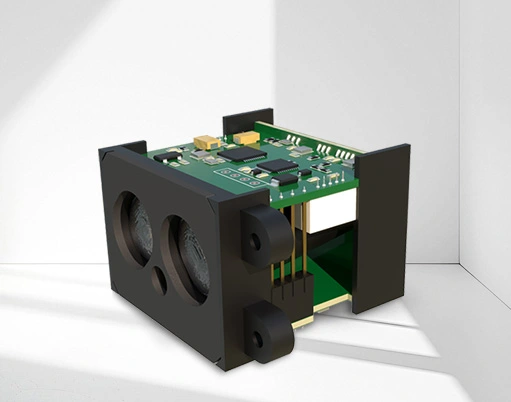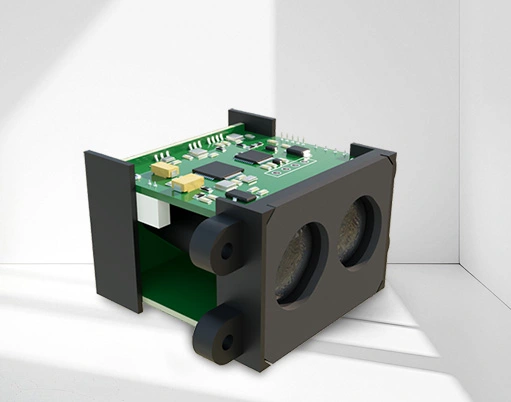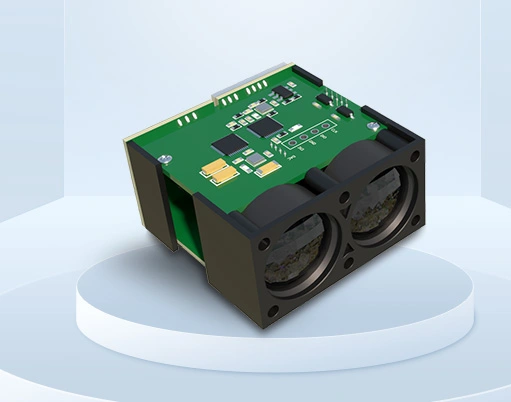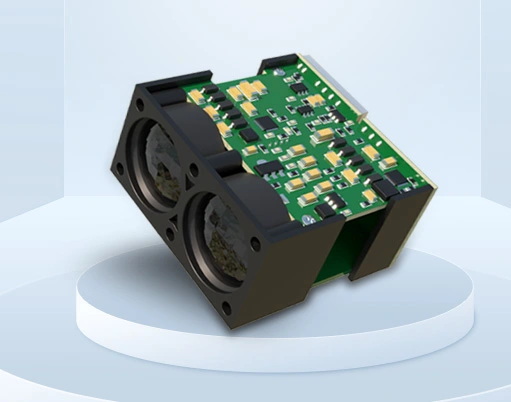
High precision laser ranging sensor is a device that uses laser technology for precise distance measurement. It has advantages such as monochromaticity, high brightness, and directionality, and is widely used in industrial production and scientific research experiments. The following will provide a detailed explanation of the application of high-precision laser ranging sensors:
Robot navigation and obstacle avoidance:
Laser ranging sensors play a crucial role in robot navigation. Robots measure the distance of their surrounding environment through sensors to avoid collisions with obstacles and find the best path for navigation. This non-contact measurement method enables robots to move efficiently and safely in complex environments.
Intelligent transportation system:
In intelligent transportation systems, laser ranging sensors are used for vehicle detection and tracking. Sensors can measure the distance between vehicles and vehicles or obstacles ahead, providing follow-up and collision warning functions for vehicles, thereby improving road safety and traffic efficiency.
Indoor positioning system:
Laser ranging sensors can be used for indoor positioning systems. By measuring the distance between the sensor and the reference point, the precise position of the sensor indoors can be determined, providing support for indoor navigation, personnel tracking, and other applications.
Laser mapping and 3D modeling:
In terms of map drawing and 3D model reconstruction, laser ranging sensors can measure the distance between the ground or buildings and the sensors, generating accurate maps or models. This is of great significance for fields such as urban planning, architectural design, and topographic surveying.
Radar ranging:
Laser ranging sensors are also widely used in radar systems. It can replace microwave signals in traditional radar systems, provide more accurate distance measurement, and is suitable for tasks such as target detection, tracking, and recognition.
When installing and using high-precision laser ranging sensors, the following points should be noted:
Direction and angle of laser beam during installation: Ensure accurate pointing and appropriate angle of the laser beam to ensure measurement accuracy.
Parameter setting: According to actual needs, reasonably set the measurement range, resolution, sampling rate and other parameters of the laser sensor to improve measurement accuracy and speed.
Environmental conditions: The measurement range of laser sensors may be affected by environmental factors such as climate and atmospheric transparency, so it is necessary to consider the impact of these factors on the measurement results when using them.
In summary, high-precision laser ranging sensors have a wide range of application fields and multiple advantages. Through proper installation and use, it can provide accurate and reliable distance measurement data for applications such as robot navigation, intelligent transportation, indoor positioning, laser mapping, and radar ranging, promoting technological progress and application development in related fields.

























